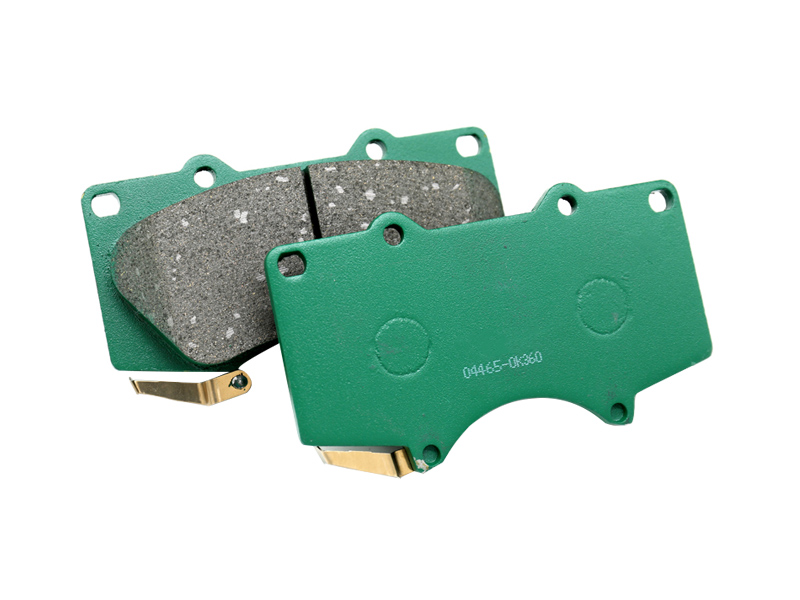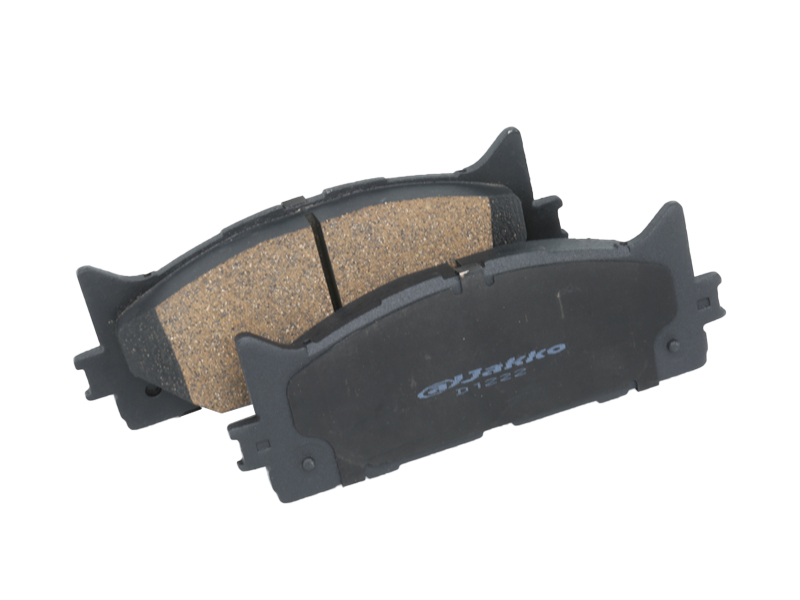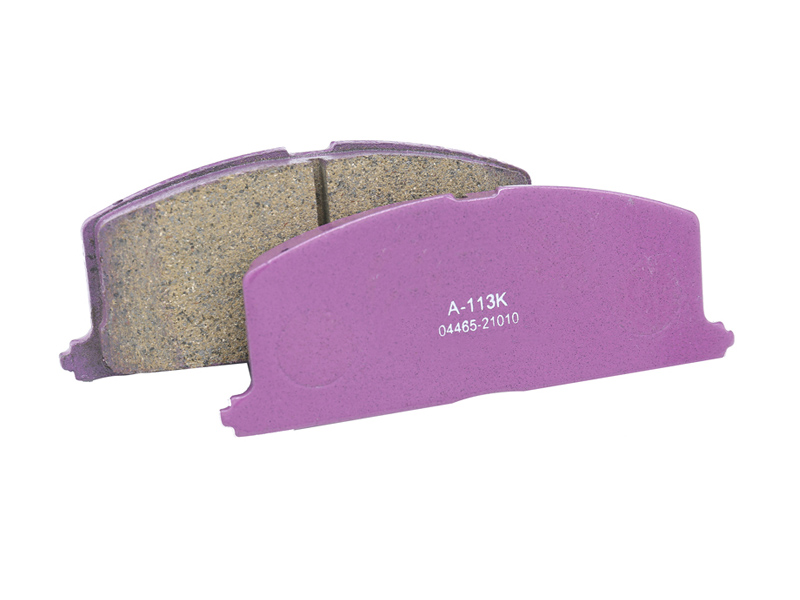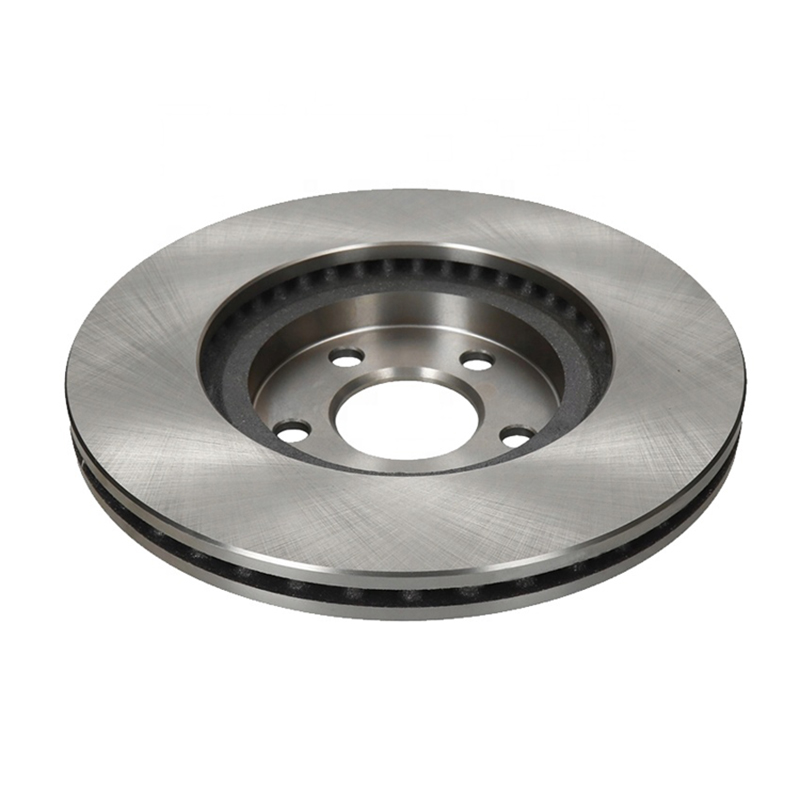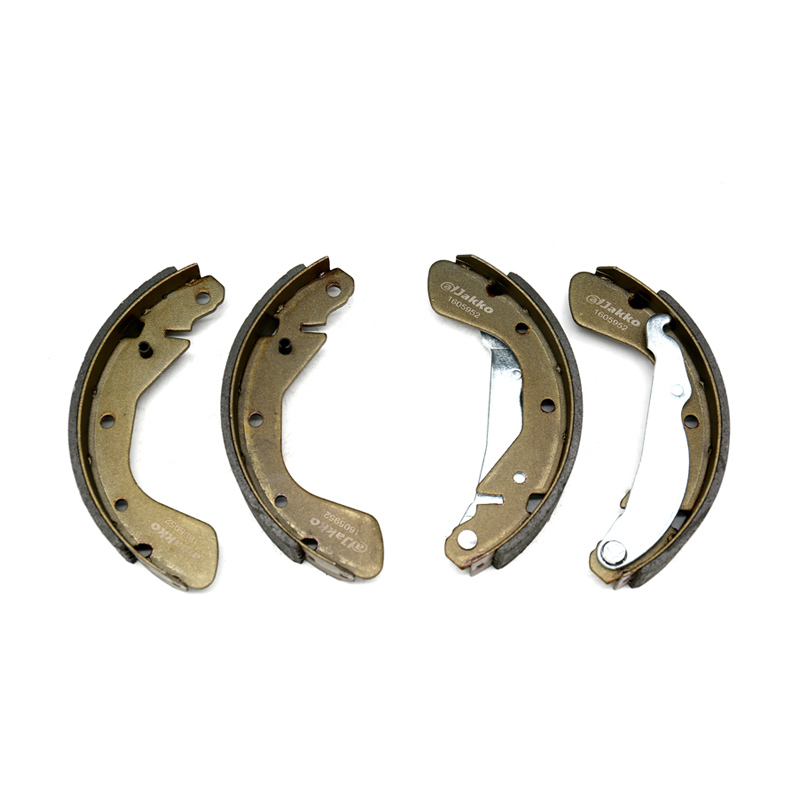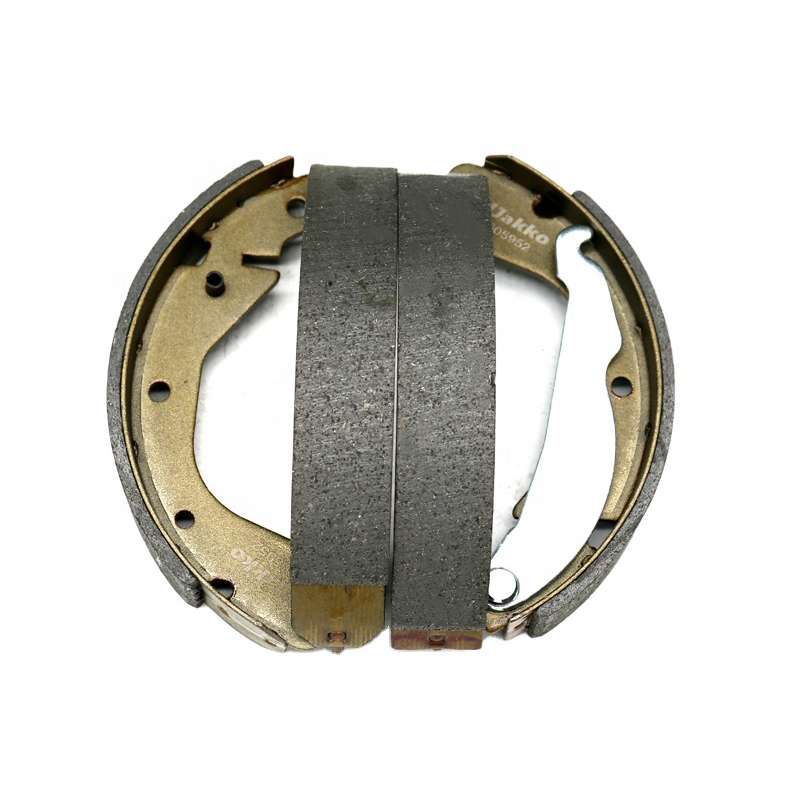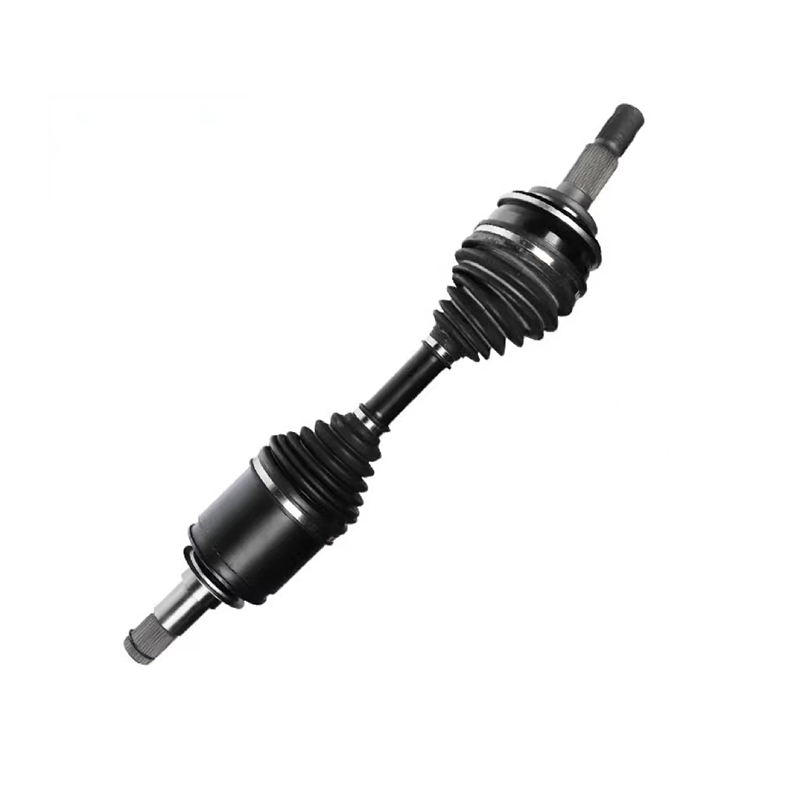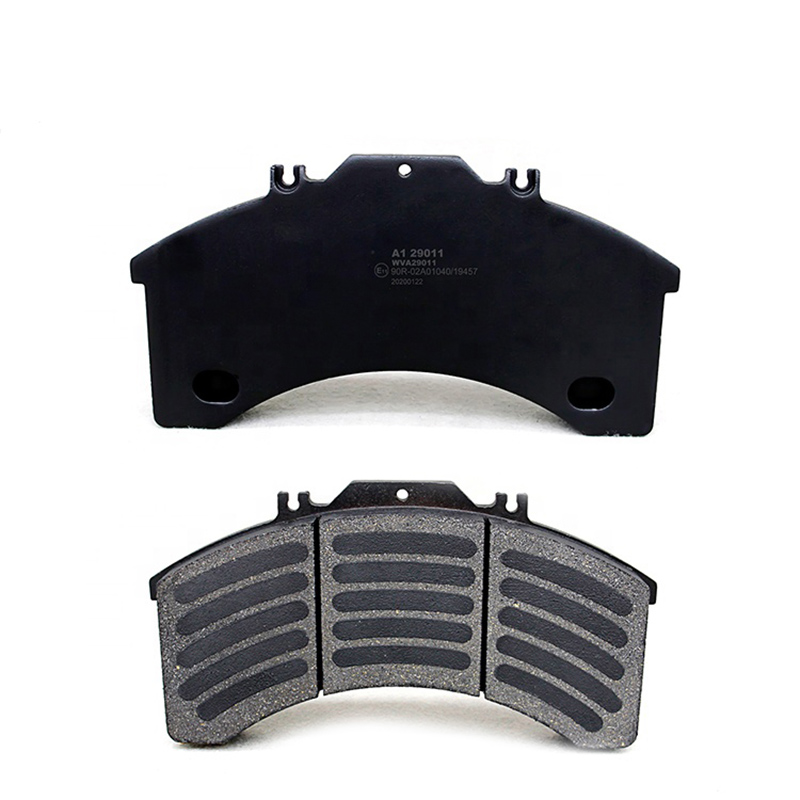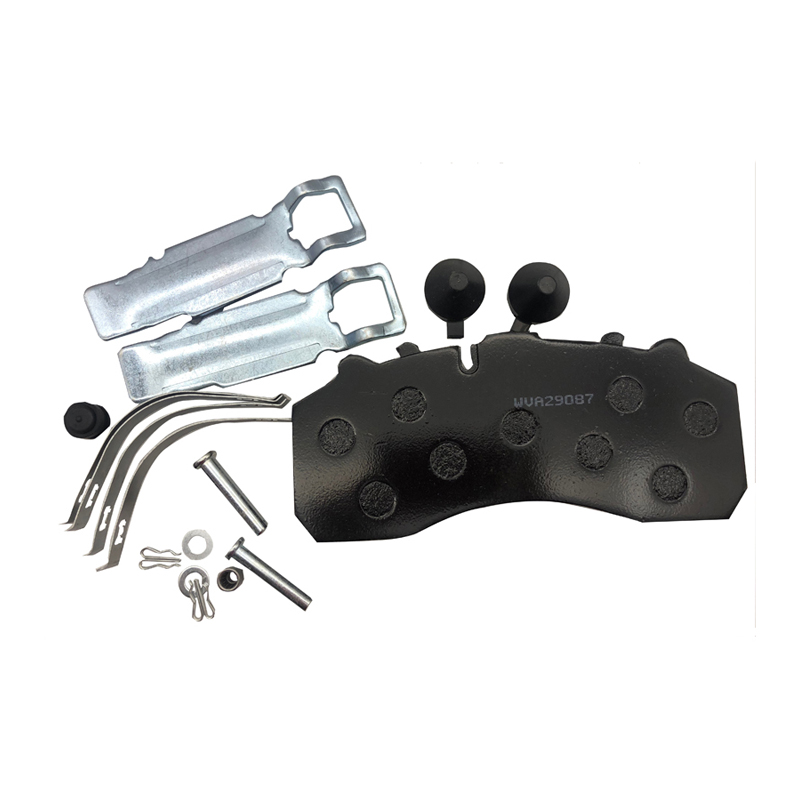Ensuring compatibility between the
brake pads and your vehicle is crucial for optimal performance and safety. Here's a step-by-step guide on how to choose brake pads that are compatible with your vehicle:
Check Your Vehicle's Specifications:
Refer to your vehicle's owner's manual to find information about the recommended brake pad specifications. This may include the type of brake pads (e.g., ceramic, semi-metallic) and size requirements.
Determine the Brake Pad Type:
Understand the different types of brake pads available (ceramic, semi-metallic, organic) and their characteristics. Consider your driving habits and preferences when selecting the type that best suits your needs.
Identify the Correct Size:
Brake pads come in various sizes, and it's essential to choose pads that match the specifications of your vehicle. Check the size specifications provided by the vehicle manufacturer or consult with a professional.
Verify Compatibility with Brake System:
Ensure that the selected brake pads are compatible with your vehicle's brake system. Some vehicles may have specific requirements, especially those with advanced braking systems. Check for any special features or requirements.
Look Up the Vehicle Compatibility:
Use online tools or consult with auto parts retailers to look up brake pads that are compatible with your specific make, model, and year of the vehicle. Many retailers have databases that can help you find the right parts.
Cross-Reference OEM Part Numbers:
If you have access to the original equipment manufacturer (OEM) part numbers for your vehicle's brake pads, you can cross-reference them to ensure compatibility with aftermarket options.
Consult with a Professional Mechanic:
If you're unsure about which brake pads to choose, consider consulting with a professional mechanic. They can provide recommendations based on your vehicle's specifications and driving conditions.
Consider Performance Upgrades (Optional):
If you're interested in upgrading the performance of your brake system, consider performance-oriented brake pads. However, ensure that they are compatible with your vehicle's braking system and won't compromise safety.
Check Customer Reviews and Ratings:
Read customer reviews and ratings for the brake pads you're considering. This can provide insights into the experiences of other vehicle owners who have used the same pads on similar vehicles.
Purchase from Reputable Brands and Retailers:
Choose brake pads from reputable brands and purchase from trusted retailers. Reputable brands often provide detailed product information, and reliable retailers can assist you in finding the right fit.
Keep the Old Brake Pads for Reference:
Before removing the old brake pads, keep them for reference. This allows you to compare the old and new pads to ensure they have a similar design and size.By following these steps, you can increase the likelihood of selecting brake pads that are compatible with your vehicle. If you have any doubts or specific questions, consulting with a professional mechanic is always a good practice to ensure the safety and performance of your braking system.
